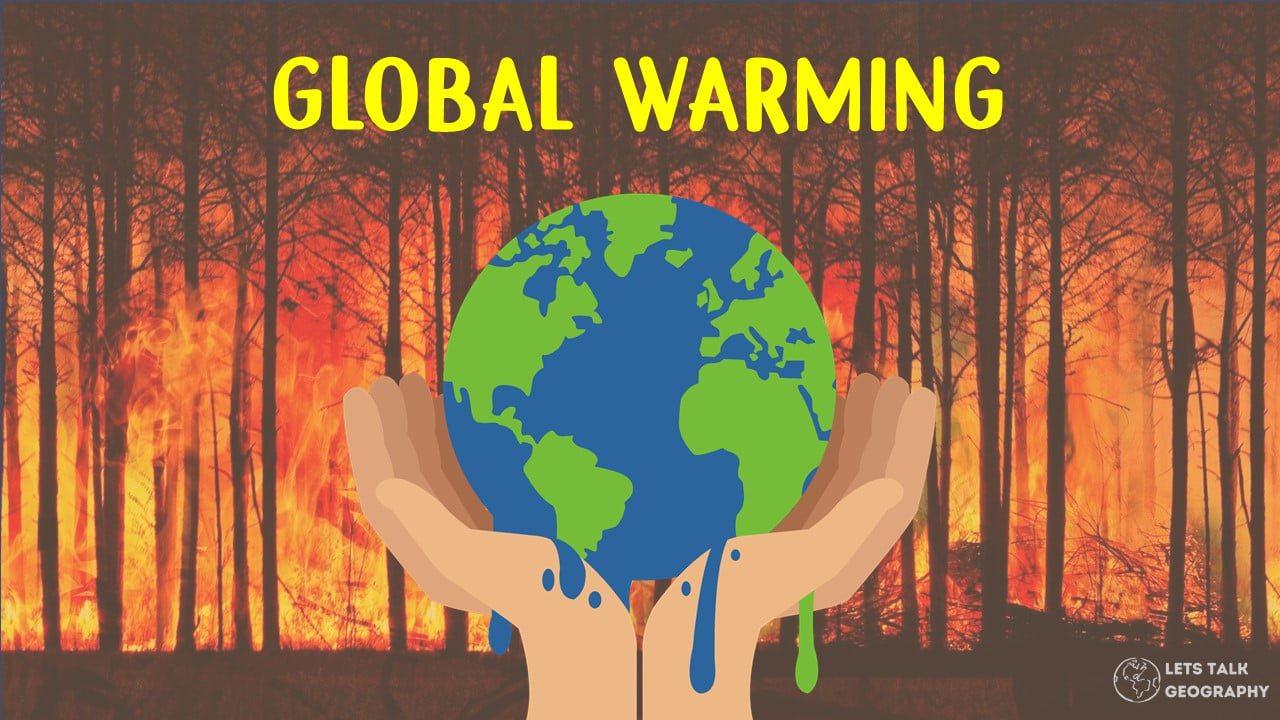Table of Contents
Global warming is undeniably one of the most significant challenges facing our planet today. With rising temperatures, melting ice caps, and increasing frequency of extreme weather events, the consequences of global warming are becoming more evident each day. However, the path to addressing this issue is not straightforward, as there are several constraints that hinder effective global action. Two of the most critical constraints are economic and political/social challenges, both of which complicate the efforts to mitigate global warming. This blog post delves into these constraints and explores their impact on the fight against climate change.
1. Economic Constraints
One of the primary constraints in addressing global warming is the significant economic cost associated with implementing sustainable practices.
1.1. High Costs of Green Technology
The transition to a low-carbon economy requires substantial investment in green technology and infrastructure. Renewable energy sources such as wind, solar, and hydropower are crucial in reducing greenhouse gas emissions, but they come with high upfront costs. For example, the global average cost to install 1 megawatt (MW) of solar photovoltaic (PV) systems was approximately $850,000 in 2022. Similarly, the installation of wind turbines can range from $1.3 million to $2.2 million per MW, depending on the location and type of turbine.
Developing countries, in particular, face significant challenges in adopting these technologies due to limited financial resources. According to the World Bank, it is estimated that developing countries would need to invest around $4 trillion by 2030 to meet their climate goals. This financial burden can deter countries from committing to large-scale green projects, especially when they are already struggling with economic instability and poverty.
1.2. Impact on Industry and Jobs
Another economic constraint is the impact of transitioning away from fossil fuels on industries and jobs. The fossil fuel industry is a significant contributor to many national economies, providing jobs to millions of people worldwide. For example, the coal industry in the United States alone employed about 42,000 people in 2020. However, as the world shifts towards renewable energy, these jobs are at risk of being lost.
This transition can lead to economic disruptions, particularly in regions heavily dependent on fossil fuel industries. The decline of the coal industry in West Virginia, for instance, has led to economic challenges and a significant rise in unemployment rates. The need for reskilling and transitioning workers to new industries adds to the economic burden, creating resistance to climate policies that may threaten existing jobs.
1.3. Short-term vs. Long-term Economic Gains
There is also a conflict between the immediate economic benefits of traditional energy sources and the long-term gains from sustainable practices. Fossil fuels like coal, oil, and natural gas are currently cheaper and more accessible than renewable energy sources, making them the preferred choice for many industries and consumers. For instance, as of 2023, the global average cost of producing electricity from coal was about $35 per megawatt-hour (MWh), compared to $50 per MWh for solar and $40 per MWh for onshore wind.
However, the long-term economic benefits of renewable energy, such as reduced environmental damage and lower operational costs, are often overlooked. The challenge lies in convincing governments and businesses to invest in sustainable practices that may not yield immediate financial returns but will benefit the economy and the planet in the long run.
2. Political and Social Constraints
Political and social challenges also play a crucial role in hindering effective global warming mitigation efforts.
2.1. Political Will and Global Cooperation
Achieving global consensus on climate policies is a significant political challenge. While the Paris Agreement of 2015 marked a historic step towards global climate action, not all countries have committed to the same level of ambition. Some nations, particularly those with large fossil fuel industries, are reluctant to set aggressive emission reduction targets due to the potential economic impact.
For example, as of 2023, only 70 countries had updated their Nationally Determined Contributions (NDCs) to align with the goal of limiting global warming to 1.5°C above pre-industrial levels. In contrast, major emitters like China and India have faced criticism for their relatively modest targets, driven by concerns over economic growth and energy security.
Additionally, political interests and lobbying by powerful industries further complicate climate action. In the United States, the fossil fuel industry spent over $250 million on lobbying in 2022 alone, aiming to influence climate legislation in their favor. This political influence often results in watered-down policies that fail to address the urgency of the climate crisis.
2.2. Public Perception and Awareness
Public perception and awareness of climate change play a crucial role in shaping climate policies and actions. Unfortunately, misinformation and climate change denial continue to be significant obstacles. A 2022 survey by the Pew Research Center found that only 60% of Americans believed that climate change is a major threat, with political affiliation strongly influencing their views.
The spread of misinformation, particularly on social media, has fueled skepticism about climate science and the need for urgent action. For instance, false claims that global warming is a natural phenomenon or that renewable energy is unreliable continue to circulate, undermining efforts to build public support for climate policies.
Moreover, changing public behavior and consumption patterns is challenging, especially when it requires sacrifices such as higher energy costs or lifestyle changes. For example, reducing meat consumption, which is responsible for a significant portion of global greenhouse gas emissions, faces resistance due to cultural preferences and dietary habits.
2.3. Social Equity and Justice
Global warming disproportionately impacts vulnerable communities, raising ethical concerns about social equity and justice. Low-income communities, indigenous peoples, and developing countries are often the most affected by climate change, despite contributing the least to the problem.
For instance, the Pacific island nation of Kiribati faces existential threats from rising sea levels, with some predictions suggesting that parts of the country could become uninhabitable by 2050. Meanwhile, marginalized communities in the United States, such as those in Louisiana’s “Cancer Alley,” are disproportionately exposed to pollution and extreme weather events.
Addressing climate change without considering social equity and justice can exacerbate existing inequalities. For example, carbon pricing policies, while effective in reducing emissions, can disproportionately burden low-income households if not designed with fairness in mind. Ensuring that climate action is inclusive and equitable is essential to garnering broad support and achieving sustainable outcomes.



